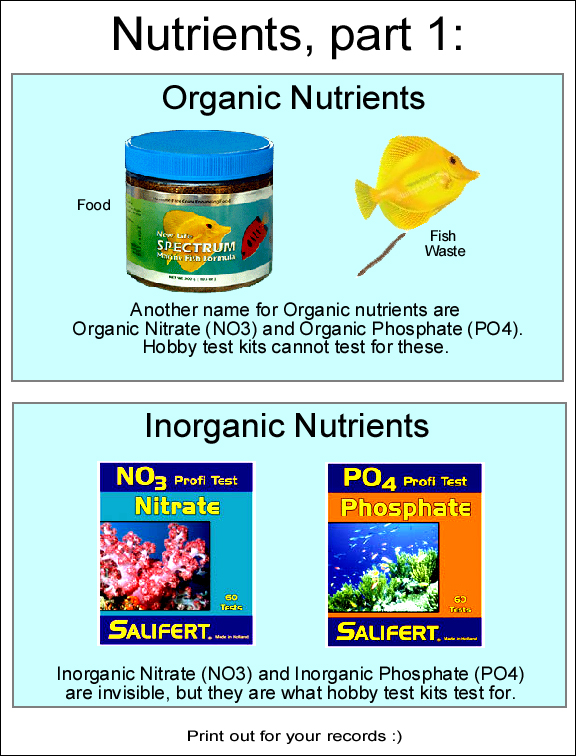.
Here is a note to skimmer manufacturers, as well as manufacturers of acrylics/plastics, lighting, and pumps. One way to benefit from scrubbers is to start building them, so as to make life easier for aquarists. There is no patent, and I have no interest in building them, although designing them is fun. Promoting them is fun too. But manufacturing is not my thing, so hopefully some folks will start making at least a simple version (like the Santa Monica 120) available. Look at it like this: Manufacturers of skimmers currently make an expensive product that has pumps and acrylic/plastic parts. Manufacturers of lighting currently make an expensive product that has bulbs, ballasts, and frames. Neither of these products has all these parts in one unit.
Scrubbers, however, do. Instead of viewing scrubbers as a make-at-home rig that stops people from buying skimmers, manufacturers should instead view scrubbers as a piece of aquarium equipment they can manufacture which includes acrylic, plastic, lights, pumps, timers, fans and complex parts, all woven together. Imagine the designs that could be achieved which would allow the most water flow, the most air, the most light, all in the least space possible, and for the best price. It's a designer's dream. Sure, many folks will continue making their own scrubbers, but at some point these folks will upgrade their tanks and will not want to hassle with building larger versions. So, here are some things I thought of that manufacturers could offer:
o A simple low-cost design; just an acrylic box, preferably with a mirror inside finish. The customer would add all other parts. This is what I built.
o Complex designs that would be needed to fit into the many different places that aquarists have: Above a crowded sump, behind the tank, vertically next to tank, next to a tank in a stand-alone furniture finish, or on the wall as a decorative item.
o Skimmers designed to work with scrubbers, by having one connect/feed the other.
o Scrubber lights with built-in timers, for nanos.
o Ultra small scrubber boxes for nanos, possibly with self-contained LED lights, the size of a cell phone.
o Nano hoods with scrubbers built into them.
o Sumps with built in scrubbers, instead of built-in wet/dry's.
o Display lighting-fixtures with scrubbers connected to the back of them, such that the scrubber uses the same light.
o Tank options, such as scrubber-on-backside.
o Auto-cleaners that clean/scrub/scrape the screen automatically.
o Hand/electric tools specialized to clean the screen.
o RODI sprayers that give the screen a FW spray periodically (to kill pods), possibly doubling as a top off.
o Non-destructive pumps to get pods from the sump to the display.
o Self-priming pumps built in to scrubber, for placement on top of displays with no sump.
o Quick-disconnect waterfall pipes.
o Double and triple thick screens, which allow algae to stick better during cleanings.
o Multiple screens, with large areas for large tanks.
o Ultra thin LED powered flexible screens, which could weave around obstacles.
o Fan on a temp controller, to keep water temp preset.
o Uniquely shaped T5 panels, such as 12 X 12, to perfectly fit a screen.
o Safety switches that cut off the lights and/or flow during certain conditions.
A great first model could be targeted to smaller tanks (SW and FW) that may not have sumps, and thus would include a self-priming pump inside the scrubber. It would sit on or near the display and would pull water up to it. It would drain right back to the display, and would give the customer the option of letting the algae grow out the drain (and into the tank to feed the fish), or removing the algae as it comes out of the drain, before it gets to the display.
.
.



